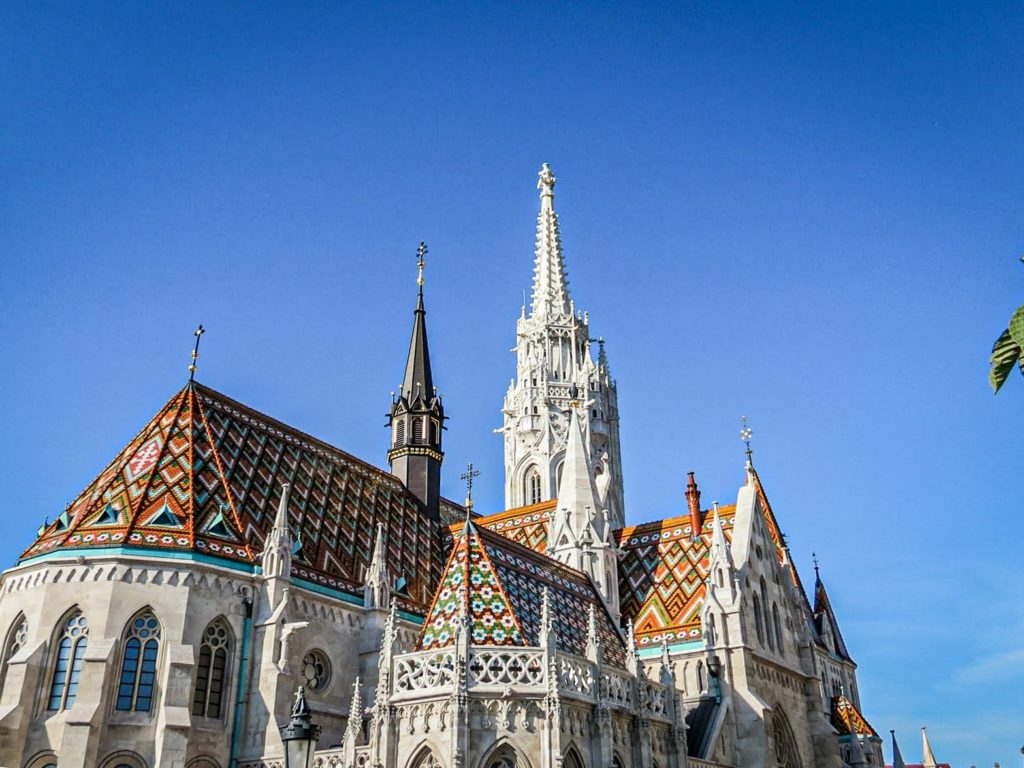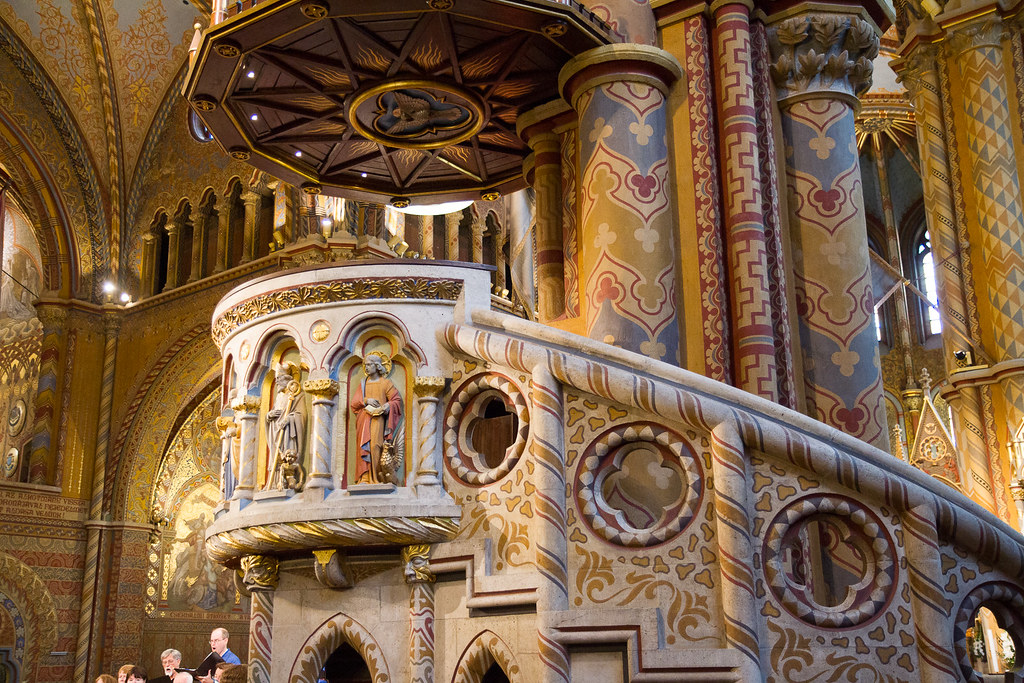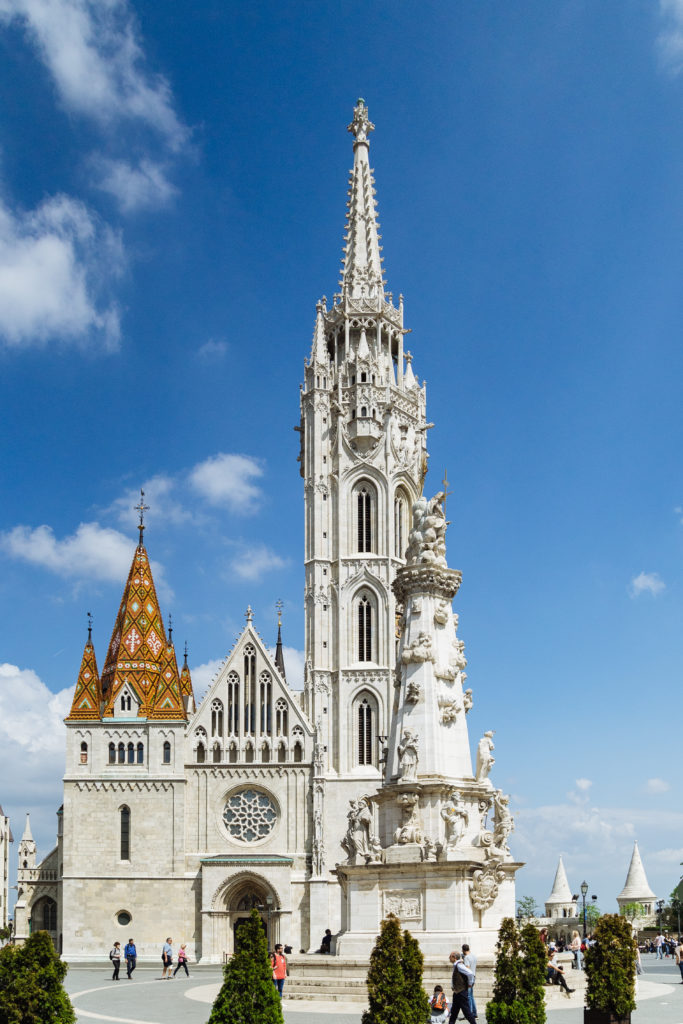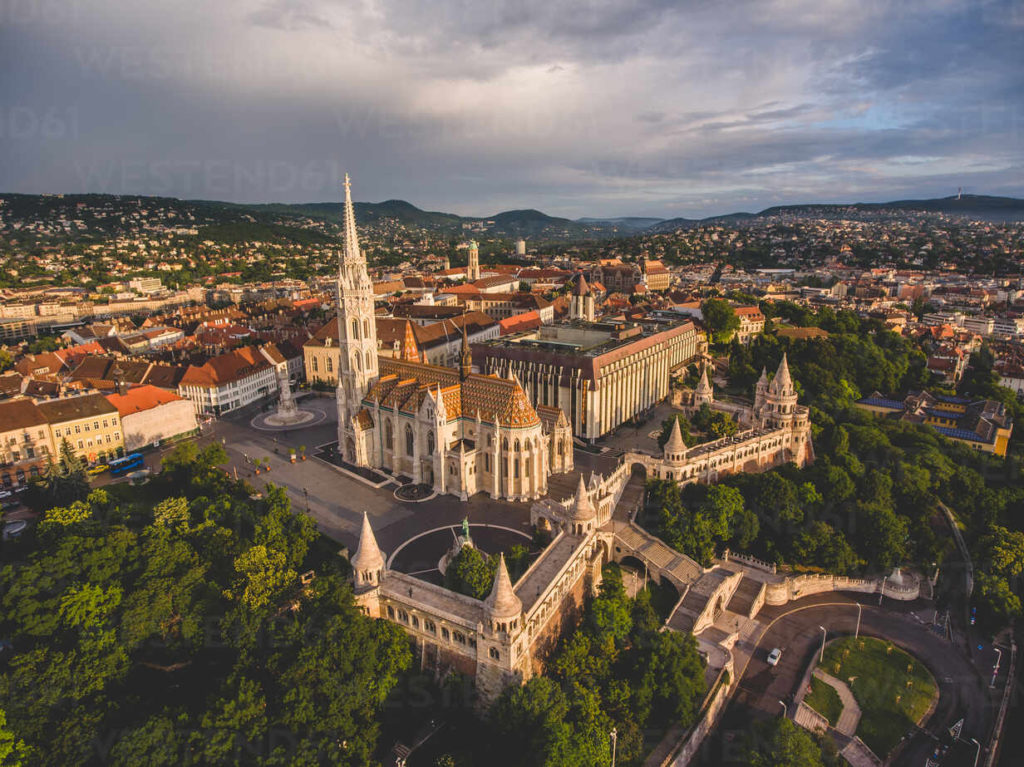Budapest, the city of bridges and the majestic Danube, is home to a wealth of architectural and historical treasures. Among them, Matthias Church, or Mátyás-templom in Hungarian, is a gem that shines with timeless beauty and a rich history. In this article, I invite you to embark on a journey through this impressive structure, delving into its history, stunning architecture, and vital role in Budapest’s cultural tapestry.
The history of Matthias Church dates back centuries, witnessing the ups and downs of Hungarian history. Its original construction dates back to the 11th century when it was built to serve as a small Romanesque church. However, it was during the reign of King Béla IV that the church acquired its characteristic Gothic form, around the 13th century.
Over the years, the church underwent a series of transformations and renovations, reflecting the architectural styles and cultural influences that shaped Budapest. In the 19th century, during the resurgence of Hungarian nationalism, the church was restored and embellished, becoming a symbol of national pride.

Upon first sighting Matthias Church, it’s impossible not to be impressed by its imposing facade. With its tall towers and stone structure, the church seems to emerge from history, a vivid reminder of times past. However, it’s when you step through the church’s doors that the true magic unfolds.
The interior of Matthias Church is a masterpiece of architecture and design. The high vaults and stained glass windows flood the space with light, creating a celestial atmosphere. Every corner of the church is adorned with intricate details, from frescoes on the walls to stained glass windows depicting biblical stories.
One of the undisputed highlights of the church is the Altar of the Holy Trinity, a masterpiece of Baroque sculpture. Created by the renowned Hungarian sculptor, István Pápai Páriz, the altar is a vision of beauty and devotion, captivating visitors with its intricate ornamentation and emotive expression.

In addition to its interior beauty, Matthias Church also offers a stunning view of the city of Budapest. Climbing the stairs to the church’s towers, visitors are rewarded with a panoramic view of the Danube winding through the city, of the majestic bridges spanning it, and of Budapest’s rooftops stretching as far as the eye can see.
It’s a truly unique experience, allowing visitors to see Budapest from a whole new perspective. During sunset, when the sky is ablaze with shades of orange and pink, the view from the church tower becomes even more magical, providing a moment of contemplation and awe.
In addition to its religious significance, Matthias Church has played a vital role in Budapest’s cultural tapestry over the centuries. As a site of royal coronations and weddings, the church has witnessed some of the most important moments in Hungarian history.

Today, the church continues to be a hub of cultural activity, hosting sacred music concerts, choir performances, and special events throughout the year. Its imposing presence and timeless beauty attract visitors from around the world, enchanting them with its history and magnificence.
Exploring Matthias Church in Budapest is more than just visiting a historic church—it’s embarking on a journey through time and beauty. From its humble origins as a Romanesque church to its transformation into a Gothic masterpiece, the church is a testament to Hungary’s history and culture.
Its stunning architecture and rich history draw visitors from every corner of the globe, offering a fascinating glimpse into both old and modern Budapest. So, if you’re planning a trip to the Hungarian capital, be sure to include a visit to Matthias Church in your itinerary. You’ll surely be captivated by its beauty and fascinating history.


Comments are closed.